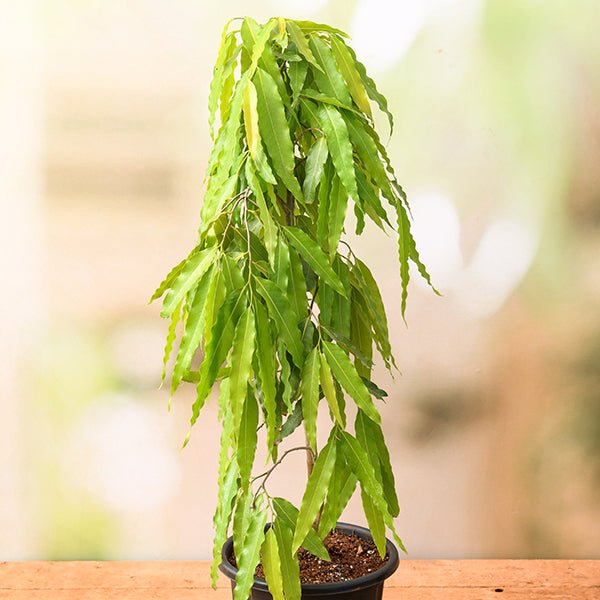
Ashoka Tree, Pendula Ashok - Plant
(MRP Inclusive of all taxes)
- Shipping ₹79 for entire order
- Dispatch in 7 days
- Country of origin: India

(MRP Inclusive of all taxes)
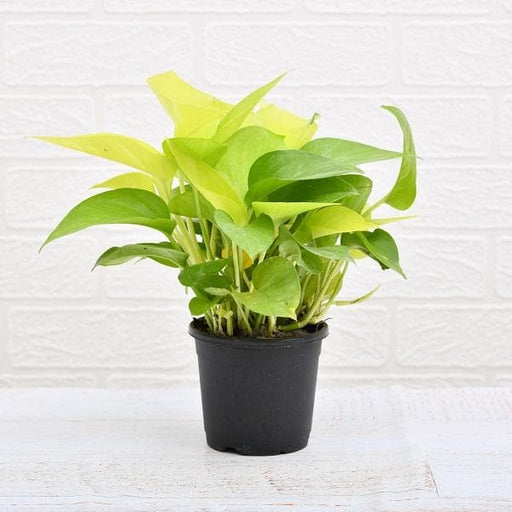 Save 29%
Save 29%
Air Purifier Money Plant with Pot The Air Purifier Money Plant, also known as Pothos or Epipremnum aureum, is a stunning indoor plant that...
View full details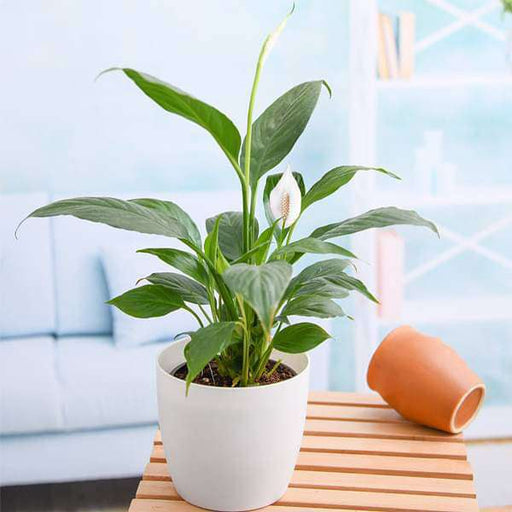
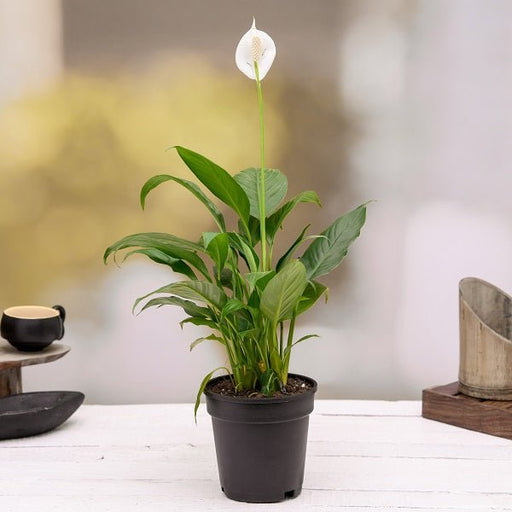 Save up to 15%
Save up to 15%
Peace Lily, Spathiphyllum - Plant The Peace Lily, scientifically known as Spathiphyllum, is a stunning houseplant celebrated for its elegant white...
View full details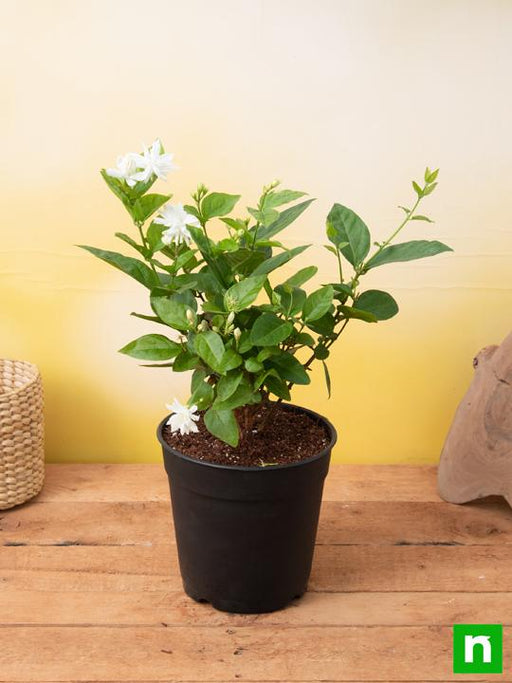
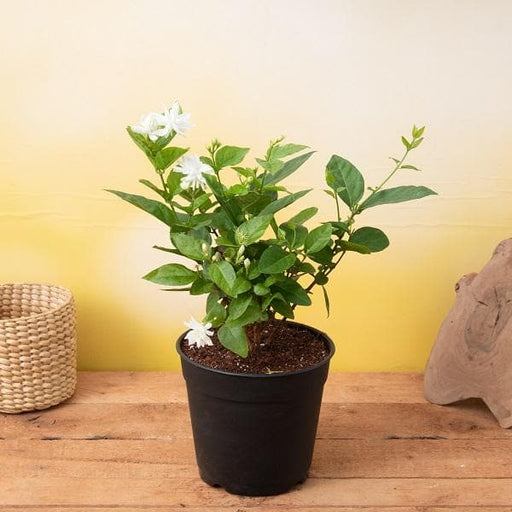 Save 25%
Save 25%
Jasminum sambac, Mogra, Arabian Jasmine - Plant Jasminum sambac, commonly known as Mogra or Arabian Jasmine, is a fragrant flowering plant...
View full details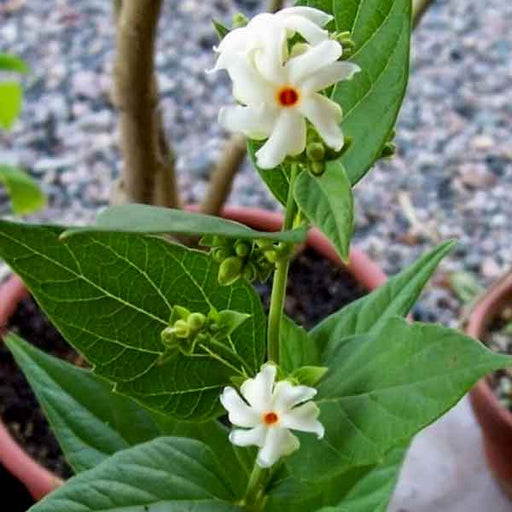
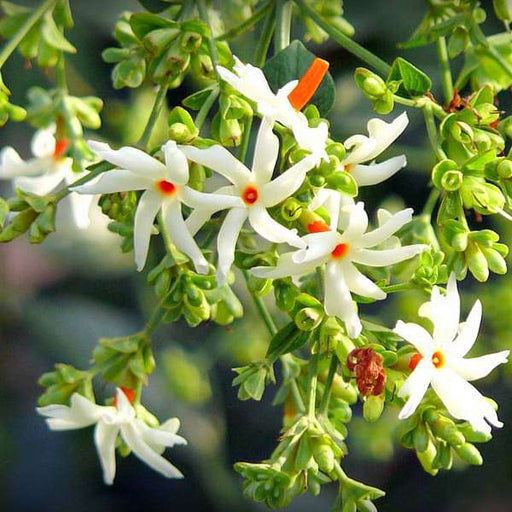 Save 18%
Save 18%
Combo Constituents Includes the Parijat Tree (Night-Flowering Jasmine), a culturally significant plant with fragrant flowers. Description The Pari...
View full details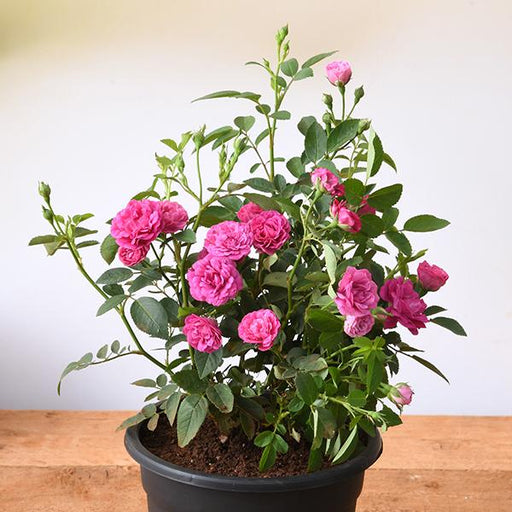
 Save 25%
Save 25%
Miniature Rose, Button Rose (Any Color) - Plant The Miniature Rose, also known as the Button Rose, is a charming and compact flowering plant that ...
View full details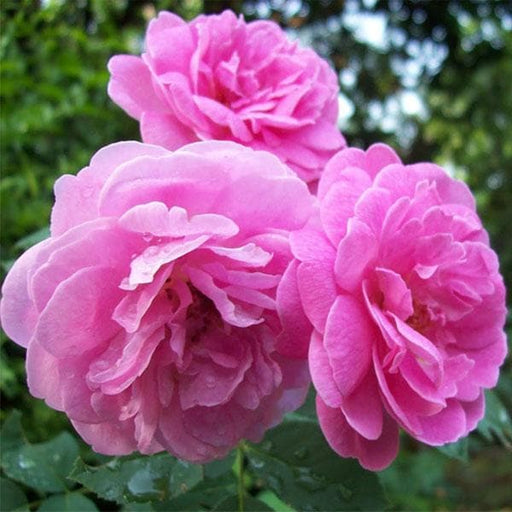 Save 25%
Save 25%
Damascus Rose, Scented Rose (Any Color) - Plant The Damascus Rose, also known as Rosa damascena, is a timeless symbol of beauty and romanc...
View full details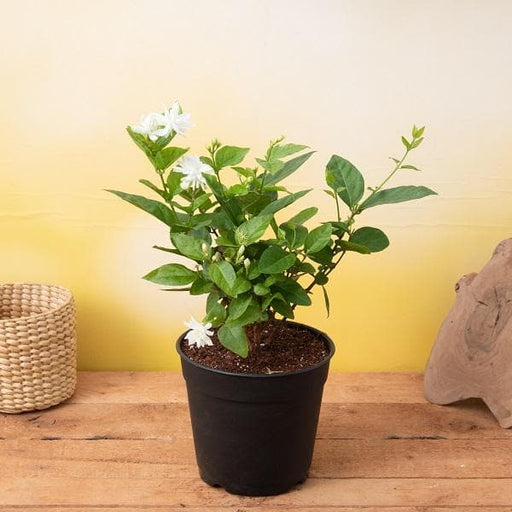
 Save 17%
Save 17%
Beautiful Fragrant Mogra, Arabian Jasmine Plant with Pot The Beautiful Fragrant Mogra, also known as Arabian Jasmine (Jasminum sambac), is...
View full details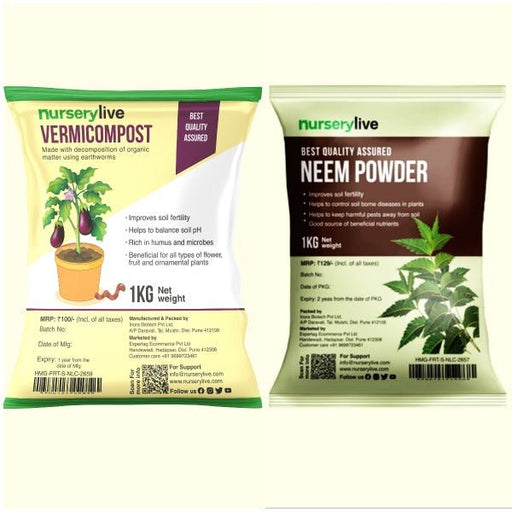 Save 15%
Save 15%
Pack of Vermicompost and Neem Cake for House Plants Transform your indoor garden with our premium Pack of Vermicompost and Neem Cake, spec...
View full details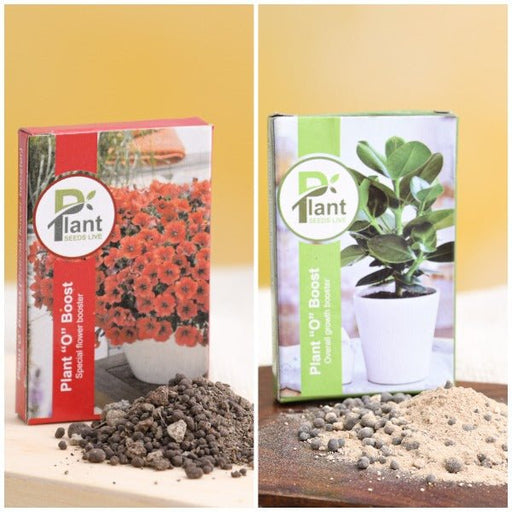
Pack of Plant Growth and Flower Boosters Unlock the full potential of your garden with our Pack of Plant Growth and Flower Boosters! This ...
View full details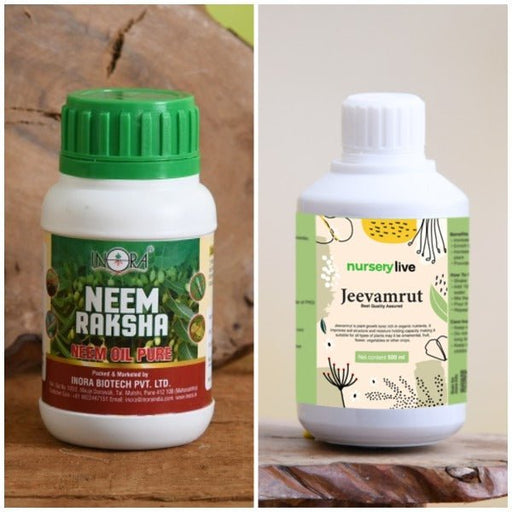 Save 38%
Save 38%
Combo of Jeevamrut and Neem Raksha for Easy Growth and Protection of Houseplants Transform your indoor garden with our exclusive combo of ...
View full details Save 22%
Save 22%
Plant Nutrients Kit (Pack of 16) for a Healthy Garden Transform your garden into a lush paradise with our Plant Nutrients Kit, featuring 1...
View full details Save 16%
Save 16%
Combo of Top Plant Fertilizers Elevate your gardening game with our exclusive Combo of Top Plant Fertilizers, featuring two bags of premiu...
View full details Save 24%
Save 24%
Pack of 4 Additives to Make Soil Healthy and Nutrient Rich Transform your garden into a thriving ecosystem with our Pack of 4 Additives de...
View full details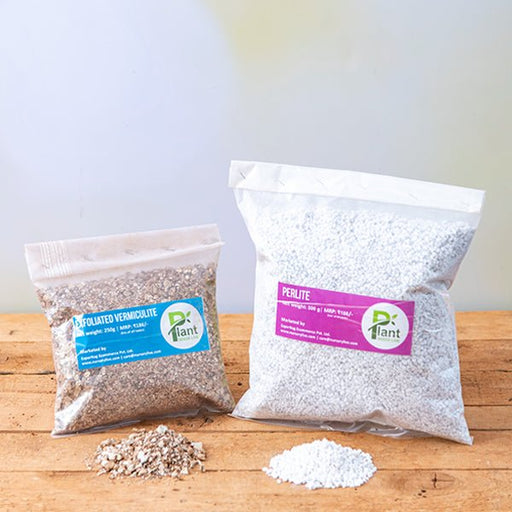 Save 30%
Save 30%
Transform your gardening experience with our premium Combo of Perlite and Vermiculite. This unique blend is designed to enhance soil aeration and ...
View full details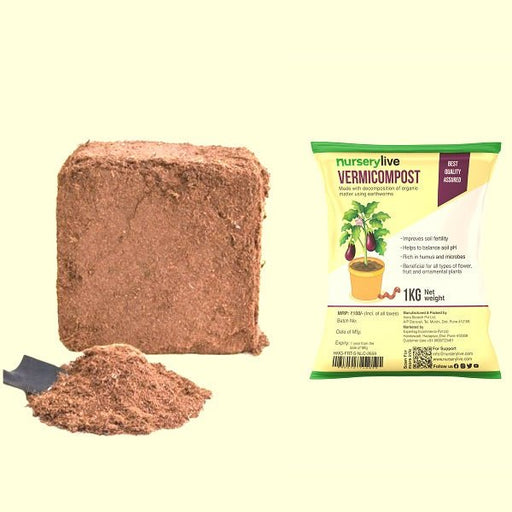 Save 27%
Save 27%
Combo of 2 Vermicompost and Cocopeat - Enrich Your Soil Naturally! Transform your garden into a thriving ecosystem with our Combo of 2 Ver...
View full details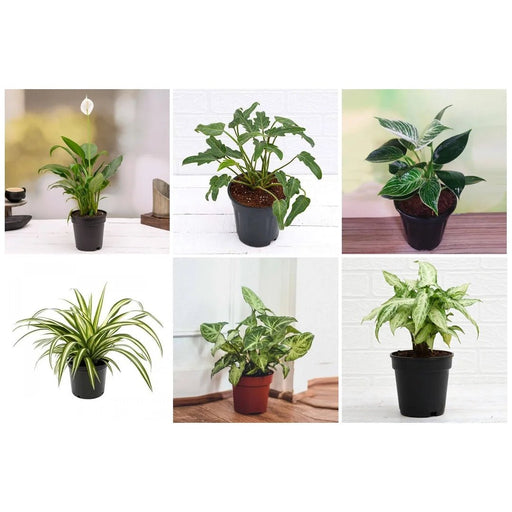
 Save 35%
Save 35%
Best 6 Plants for Perfect Indoor Garden Transform your living space into a lush oasis with our curated collection of the Best 6 Plants for a...
View full details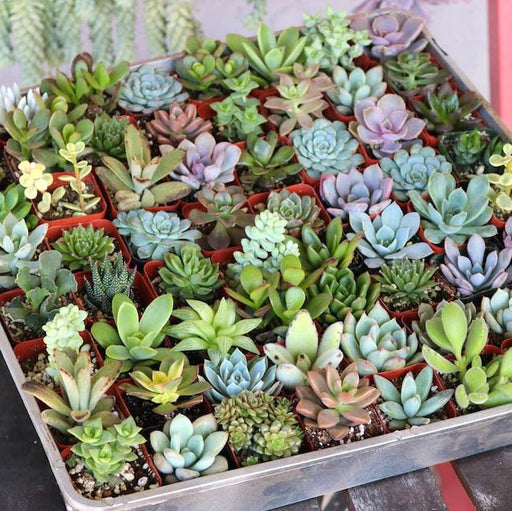
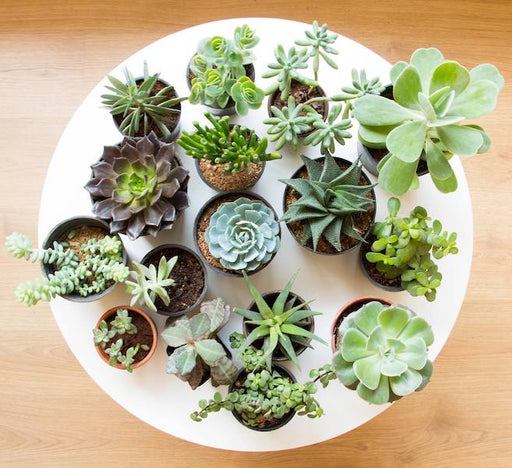 Save up to 50%
Save up to 50%
Mini Succulent Garden Pack Transform your space with our Mini Succulent Garden Pack, featuring a delightful collection of 4 any variety beautiful s...
View full details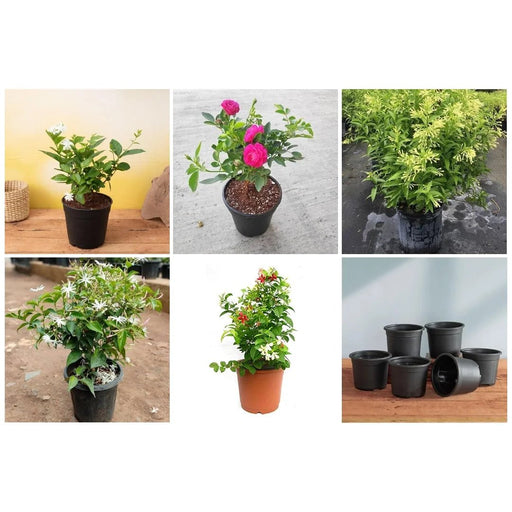
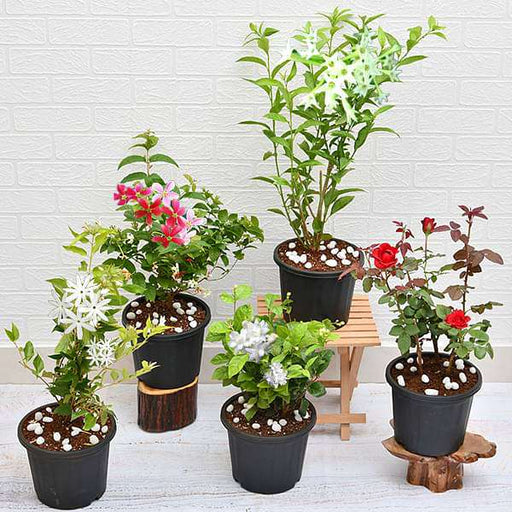 Save 30%
Save 30%
5 Best Fragrant Plants Transform your garden or indoor space into a fragrant paradise with our curated selection of the 5 Best Fragrant Plants. Th...
View full details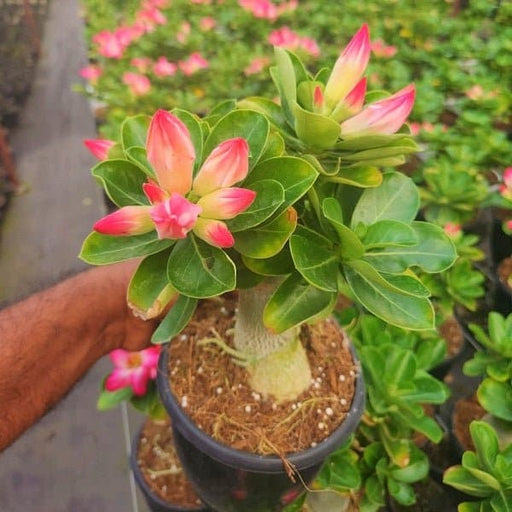
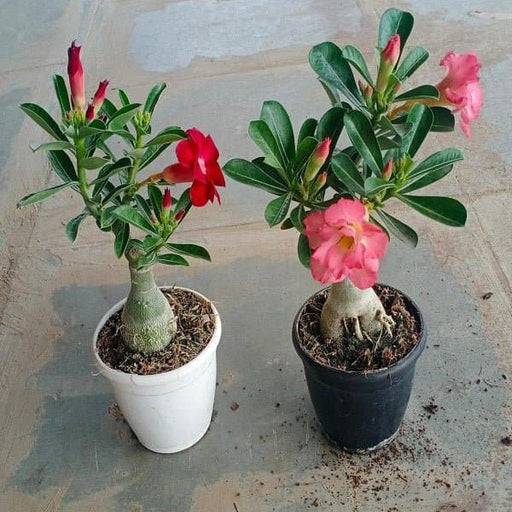 Save 24%
Save 24%
Set of 2 Bonsai Looking Grafted Adeniums Transform your indoor or outdoor space with our exquisite Set of 2 Bonsai Looking Grafted Adenium...
View full details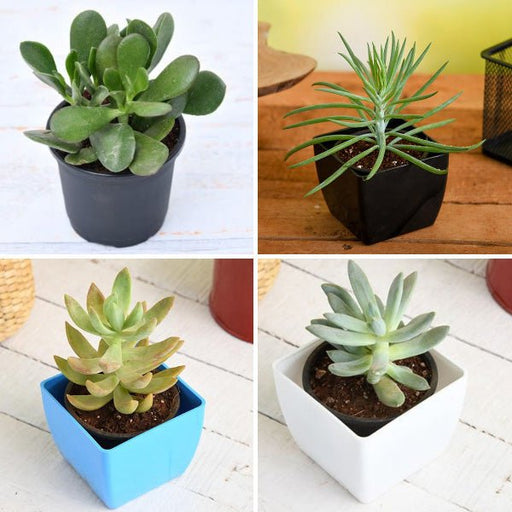 Save 45%
Save 45%
Top 4 Die Hard Succulents Pack Transform your indoor or outdoor space with our Top 4 Die Hard Succulents Pack, featuring a curated selecti...
View full details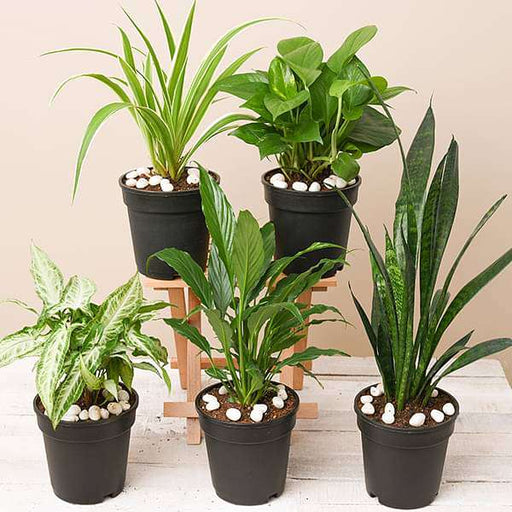
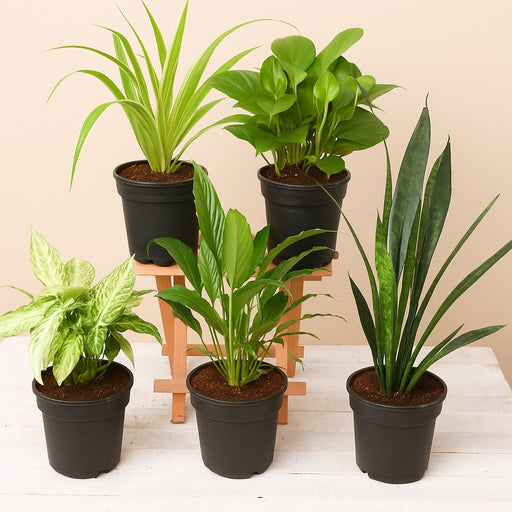 Save 30%
Save 30%
5 Best Indoor Plants Pack Transform your living space into a lush oasis with our '5 Best Indoor Plants Pack.' This carefully curated collection fe...
View full details
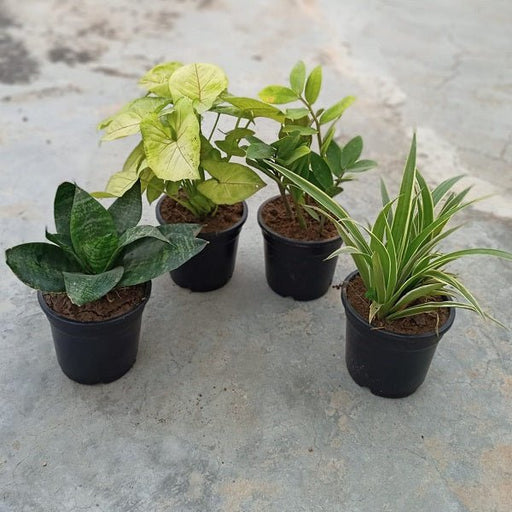 Save 25%
Save 25%
Set of 4 Evergreen Air Purifier Plant Pack Transform your indoor space into a lush, green oasis with our Set of 4 Evergreen Air Purifier Pla...
View full details| SrNo | Item Name |
|---|---|
| 1 | Ashoka Tree, Pendula Ashok - Plant |
The Ashoka Tree, scientifically known as *Saraca asoca*, is a revered plant in Indian culture, often associated with love and happiness. This stunning tree features drooping branches and vibrant yellow-orange flowers that bloom in clusters, creating a breathtaking display. The Pendula Ashok variant is particularly admired for its graceful weeping form, making it a perfect addition to gardens and landscapes.
What makes the Ashoka Tree special is its rich historical significance and its role in traditional medicine. It is often referred to as the "Tree of Sorrow" due to its association with the legend of Lord Buddha. The tree is also known for its air-purifying qualities, contributing positively to the environment.
Special features of the Pendula Ashok include its unique weeping habit, which adds elegance to any garden. Its flowers not only attract pollinators but also have therapeutic properties, making it a valuable plant for both aesthetic and medicinal purposes.
The Ashoka tree, with its lush foliage and vibrant flowers, is not just a pretty face in the botanical world. This tree is a powerhouse of benefits! From its ability to purify the air to its role in traditional medicine, the Ashoka tree is like that overachieving friend who excels in everything. It’s known to alleviate stress and anxiety, making it a perfect companion for those seeking tranquility. Plus, its stunning blooms can turn any garden into a paradise, attracting butterflies and birds like a magnet. Who wouldn’t want a tree that’s both a beauty and a healer?
Meet the Pendula Ashok, the weeping willow of the Ashoka family! This tree has a unique charm with its drooping branches that create a cascading effect, making it the drama queen of the garden. Its slender, elegant form adds a touch of grace to any landscape, while its vibrant flowers bring a pop of color. The Pendula Ashok is not just a pretty sight; it’s also a symbol of love and fertility in many cultures. So, if you’re looking to add a touch of romance to your garden, this tree is your go-to!
Caring for an Ashoka tree is like nurturing a diva; it requires attention and love! These trees thrive in well-drained soil and prefer a sunny spot to show off their stunning blooms. Regular watering is essential, but don’t drown them—think of it as giving them a refreshing spa day rather than a full-on bath. Pruning is also key to maintaining their shape and health, so channel your inner gardener and snip away! With a little TLC, your Ashoka tree will reward you with a vibrant display that’ll make your neighbors green with envy.
The Ashoka tree is steeped in symbolism, making it a favorite in various cultures. Often associated with love, fertility, and new beginnings, this tree is like the romantic poet of the plant kingdom. In Hindu mythology, it’s believed to bring happiness and prosperity, making it a popular choice for weddings and celebrations. So, if you’re looking to sprinkle some good vibes in your life, planting an Ashoka tree might just do the trick. It’s not just a tree; it’s a symbol of hope and joy!
If you’re looking to elevate your landscaping game, the Pendula Ashok is your secret weapon! Its graceful, weeping branches create a stunning focal point in any garden. Imagine a serene corner with this beauty swaying gently in the breeze, providing a perfect backdrop for your outdoor gatherings. It pairs beautifully with other plants, creating a harmonious blend of colors and textures. Whether you’re designing a tranquil retreat or a vibrant garden, the Pendula Ashok adds that touch of elegance that leaves everyone in awe.
The Ashoka tree family is diverse, with several varieties to choose from. Each one brings its unique flair to the table, making it a delightful challenge for plant enthusiasts. From the classic Ashoka to the more exotic Pendula Ashok, there’s a variety for every garden style. Some boast larger flowers, while others have a more compact growth habit. Exploring these varieties is like going on a botanical treasure hunt, where each find adds a new layer of beauty to your landscape. So, why settle for one when you can have a whole collection?
The growth rate of the Ashoka tree is nothing short of impressive! With the right conditions, this tree can shoot up like it’s on a mission to reach the sky. Typically, it grows at a moderate pace, making it a great choice for those who want a tree that won’t take forever to establish. In just a few years, you’ll have a stunning specimen that can provide shade and beauty to your garden. Just remember, patience is key; good things come to those who wait, and the Ashoka tree is definitely worth it!
Propagating an Ashoka tree is like playing matchmaker in the plant world. You can do it through seeds or cuttings, and with a little luck, you’ll have new trees sprouting in no time. Seeds can be a bit finicky, requiring the right conditions to germinate, while cuttings are a more straightforward approach. Just take a healthy branch, give it some love, and watch it grow into a beautiful new tree. It’s a rewarding process that not only expands your garden but also gives you bragging rights as a plant parent!
In the world of Ayurveda, the Ashoka tree is revered for its medicinal properties. It’s like the herbal superhero of the plant kingdom, known for its ability to treat various ailments. From menstrual disorders to digestive issues, this tree has been used for centuries to promote health and wellness. Its bark and leaves are often brewed into teas or used in herbal remedies, making it a staple in traditional medicine. So, if you’re looking to embrace natural healing, the Ashoka tree might just be your new best friend!
Don’t let a small garden cramp your style! The Pendula Ashok is the perfect solution for those tight spaces. Its elegant, cascading branches create a sense of depth and beauty without overwhelming your garden. This tree is like the compact car of the plant world—stylish, efficient, and perfect for urban living. It can thrive in pots or small garden beds, making it a versatile choice for any landscape. So, if you’re short on space but big on style, the Pendula Ashok is your go-to tree!
The Ashoka tree holds a special place in various cultures, often symbolizing love, peace, and prosperity. In India, it’s considered sacred and is often planted near temples and homes to invite positive energy. Its presence in literature and folklore adds to its mystique, making it a beloved figure in many stories. By planting an Ashoka tree, you’re not just adding greenery to your space; you’re also embracing a rich cultural heritage that celebrates life and beauty. It’s like having a piece of history right in your backyard!
The Ashoka Tree, also known as the Pendula Ashok, is a stunning evergreen native to India. With its drooping branches and vibrant flowers, it’s like nature’s own weeping willow, but with a flair for the dramatic. This tree is often associated with love and happiness, making it a popular choice for gardens and romantic settings.
Caring for a Pendula Ashok is like nurturing a diva; it loves well-drained soil, plenty of sunlight, and regular watering. Just don’t drown it! Prune it occasionally to maintain its shape and remove any dead branches. With a little TLC, your Ashoka will thrive and reward you with its beautiful blooms.
Talk about a multitasker!
While the Ashoka Tree can grow quite tall, its Pendula variety is more compact, making it a charming addition to smaller gardens. Think of it as the perfect accessory that doesn’t overwhelm your space. Just ensure it has enough room to spread its branches and show off its floral prowess!
The Pendula Ashok is not a speedster, but it’s not a sloth either. Typically, it grows at a moderate pace, reaching maturity in about 5-10 years. Patience is key! With proper care, you’ll soon have a majestic tree that’s the envy of all your neighbors, and they’ll be asking for your secret.
Absolutely! Growing a Pendula Ashok in a pot is like giving it a cozy apartment. Just ensure the pot is large enough for its roots to stretch out. Use well-draining soil and provide adequate sunlight. With the right conditions, your potted Ashoka will flourish and add a touch of elegance to your patio.
The Ashoka Tree thrives in tropical and subtropical climates, where it can soak up the sun like a beachgoer. It prefers warm temperatures and can tolerate some drought, but don’t let it get too chilly! If you live in a cooler area, consider bringing it indoors during winter to keep it happy.
Like any diva, the Pendula Ashok can attract a few unwanted guests. Common pests include aphids and scale insects. But fear not! A little neem oil or insecticidal soap can send them packing. Regular inspections will keep your tree looking fabulous and pest-free, ensuring it remains the star of your garden.
Watering your Ashoka Tree is a balancing act; it loves moisture but hates soggy feet. During the growing season, water it deeply once a week. In winter, you can cut back. Just remember, a thirsty tree is a sad tree, so keep an eye on the soil moisture to keep it smiling!
The Pendula Ashok is a resilient little trooper! While it prefers regular watering, it can withstand short periods of drought. However, prolonged dry spells may leave it looking a bit wilted. So, if you want your tree to strut its stuff, give it a drink when the weather gets too hot!
Good news for pet lovers! The Ashoka Tree is not considered toxic to pets. So, if your furry friend decides to take a nibble, you won’t have to panic. However, it’s always best to discourage munching on plants, as they might prefer the taste of your favorite shoes instead!
The Pendula Ashok puts on its floral show typically in spring, showering you with beautiful yellow-orange flowers. It’s like a floral fireworks display that lasts for weeks! So, mark your calendar and prepare for a garden party, because when this tree blooms, it’s the life of the garden!